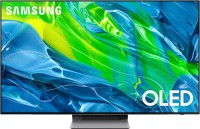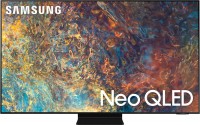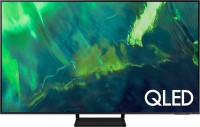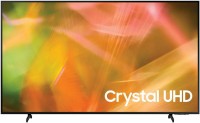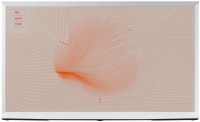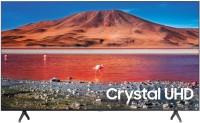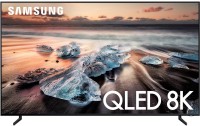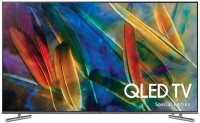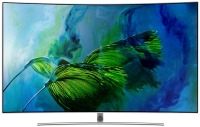TVs Samsung series hotel
Samsung hotel
From a technical point of view, this is exactly the same TV that most of us have at home. But there is one caveat. Namely, the LYNK REACH integrated administration system, with the help of which several TVs in different halls or hotel complexes can be combined into a single network. LYNK REACH tools allow you to remotely troubleshoot one or more TVs, brand your start menu, customize the display of promotional offers and, of course, share content within the hotel chain.
 |
Given the niche nature of such products, Samsung is not pushing the renewal of its hotel line. Usually, one, maximum two mid-level smart panels are released during the year, which differ in available diagonals and secondary functions. In terms of equipment, they resemble 4K panels from the “seventh” series, which also can artificially scale the image up to 4K, support HDR content playback, are equipped with good built-in 20-watt speakers, and can play audio and video from external USB drives. And the role of the brain is played by the same Samsung Tizen smart shell.
In 2021, Samsung launched a new generation of hospitality TVs based on a custom UHD Mastering Engine. With the help of advanced post-processing algorithms, it does a pretty good job of artificially scaling the image from Full HD to UHD (3840 × 2160). For better transmission of the color palette during upscaling, the processor uses the proprietary Pur Color frame extrapolation algorithm. Then the picture passes through the final "improver" Contrast Enhancer, which punctually equalizes the contrast of the resulting frame. If you take the new processor out of the brackets, then the hotel panels of 2020 and 2021 have a minimum of differences.


